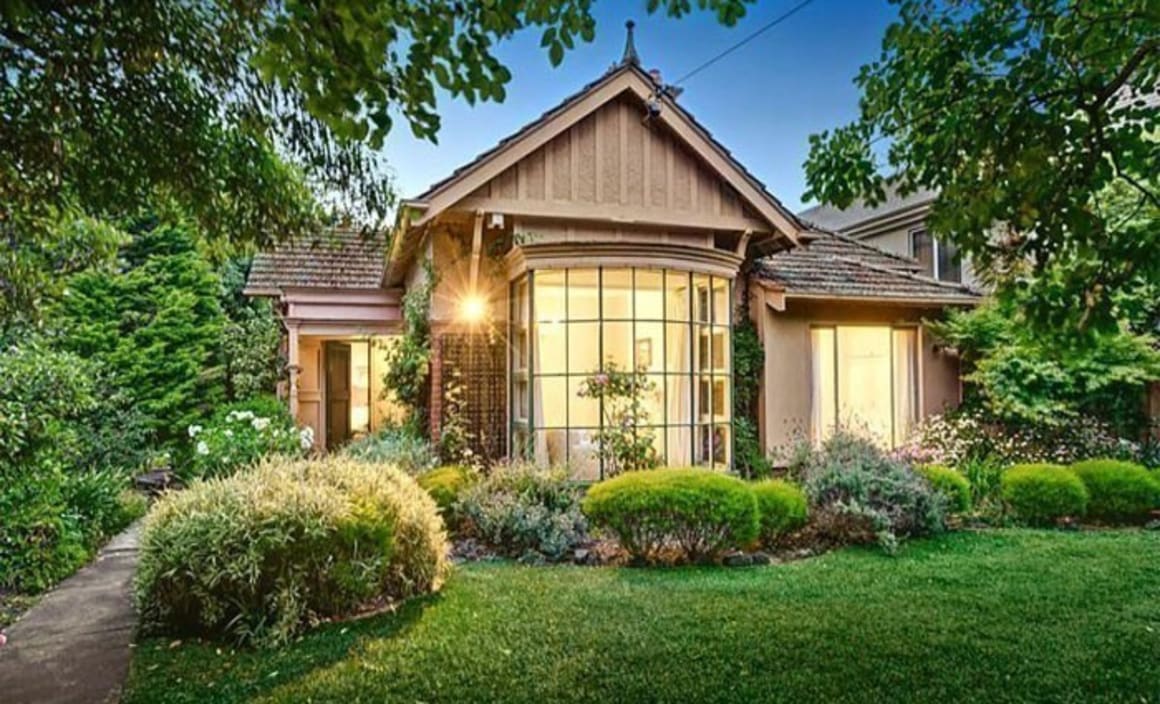Gough Whitlam's Kew birthplace conservation debate continues

Ngara, the Kew birthplace of former prime minister Gough Whitlam, should not be saved from the bulldozer, Heritage Victoria has suggested, because Gough Whitlam didn't have a long association with Victoria.
Wreckers began the preliminary demolition of the house last October on the day that Mr Whitlam, Australia's 21st prime minister, died aged 98.
An interim protection order subsequently placed on the Rowland Street house by the Heritage Council expires next month.
The public can make submissions over the fate of Mr Whitlam's birthplace to the Heritage Council until February 16.
Fairfax media reported although the house was one of Mr Whitlam's "few physical links" to Victoria, it was not of state significance because he "had no association with the place during his term as prime minister and did not spend any of his politically formative years at the place".
Boroondara Council wants the house given heritage protection as other homes in Melbourne have been given heritage protection because a prime minister was born in, or lived at, the property including nearby 10 Howard Street in Kew, the former home of Robert Menzies; and 167 Cotham Road in Kew, the former home of Billy Hughes.
The Whitlam house was built in 1915, the block having been bought two months after the wedding of his parents, Fred and Mattie.
At the time of Mr Whitlam's death, Premier Daniel Andrews claimed the former prime minister would not have wanted any money spent on a house he lived in only briefly as a baby.
"I would imagine Gough Whitlam, being the humble man he was, would much prefer the taxpayers' money to be invested in health and education," Andrews said.
Mr Whitlam was born in the house.
In 2013 it was bought for $3.3 million by overseas buyer Youquing Liang, who has sought the demolition.
Ngara, the 1916 birthplace of the late Prime Minister, Gough Whitlam at 46 Rowland Street, was, despite some alterations to the façade, still clearly recognisable as a typical Federation brick villa.
According to his birth announcement, the birth took place at Ngara, Rowland Street, East Kew (Argus, 22 Jul 1916: page 13).
The Whitlams sold the family home on Rowland Street in 1917, moved for work to Sydney and Canberra.
Victoria has a number of places individually listed on municipal heritage overlays, as well as the Victorian Heritage Register, because they served as the residence of a prime minister during his time in office.
As Melbourne served as the national capital until 1927, prior to this, all Australian prime ministers had a residence in Melbourne during their time in Parliament.
- Boroondara HO315 – 10 Howard Street, Kew. A handsome and intact two-storey house built in 1912. Robert Menzies owned and occupied it 1928-60, encompassing his time as prime minister.
- Boroondara HO285 – 167 Cotham Road, Kew. A single-storey double-fronted Federation-style villa of brick construction, which features a distinctive centrally-placed square porch with Art Nouveau parapeted walls. Intact apart from a rear extension. Built in 1911, it was owned and occupied by Billy Hughes 1915-24, during his time as prime minister.
- Southern Grampians HO375 – “Nareen”, Colraine-Nareen Road, Nareen. A Victorian timber homestead owned by the Fraser family 1946-2000 and closely associated with Malcom Fraser during his time as prime minister in the 1970s. The gardens were developed by Malcolm and his wife Tamie.
- VHR H1126 – “Ballara”, 57-73 Glaneuse Road, Point Lonsdale. An early bungalow built in 1907-08 as a holiday home for then-prime minister Alfred Deakin.
- VHR H1998 – “Bruce Manor”, 34 Pinehill Drive, Frankston. An architect-designed, Mediterranean Revival villa built for Stanley Bruce in 1926, during his time as prime minister. He left Australia in 1932. The house is intact and its design was influential at the time.
- Moreland HO298 – 2 Fallon Street, Brunswick. A typical block-fronted timber house of c1906, with a high level of intact detail. It was rented by John Curtain from 1913-15 during his days as an anti-conscriptionist, prior to his WWII-time term as prime minister. The house is of architectural significance and historic interest only for its ‘brief association’ with John Curtin.
{mijopolls 71}